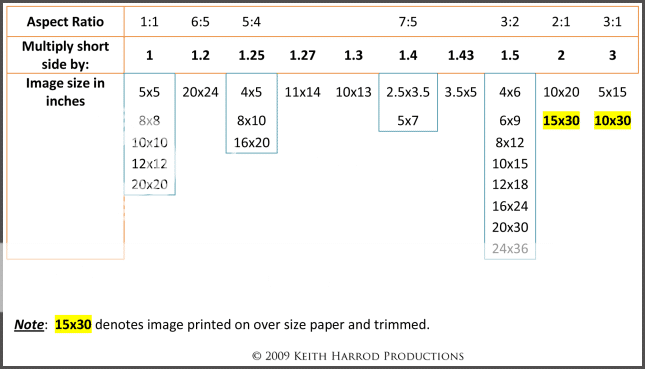Many print labs here in the US don't want TIFF files uploaded to them because a print made from a lossy, compressed JPEG file is indistinguishable from a much larger (file size wise), not compressed, TIFF file.
TIFF files seriously eat up the print lab's storage space, which is why they don't want people uploading TIFF files.
I wonder if you understand what "8x10 @ 300 PPI" (not dpi) is actually saying.
Doing the math shows that 8 inches x 300 pixels per inch = 2400 pixels, and 10 inches x 300 pixels per inch = 3000 pixels.
If you uploaded an image file that had pixel dimensions (image resolution) of more than 3000 x 2400 pixels, @ 300 PPI
the lab has to crop your photo and discard pixels from the long side to get down to 10" @ 300 PPI
and discard pixels from the short side to get down to 8" @ 300 PPI.
Plus, most labs make 8x10 prints as C-prints (
chromogenic color print process), instead of as inkjet prints, and the commonly used C-print machines can't print at higher than an equivalent of 250 PPI.
C-prints are made by exposing light sensitive photo paper with your image and then the paper is chemically developed using
the RA-4 process.
Do you crop to the 5:4 aspect ratio of an 8x10, from a 4:3 aspect ratio original most DSLR cameras make, before you submit image files for printing?
If you do and leave the print resolution (PPI) undefined the print lab can then use all the pixels you send them and you could wind up with a print that has better print resolution than you set at 300 PPI.
Assigning the print resolution which may limit the print lab to making a lower quality print than they could if you didn't assign a print resolution.


![[No title]](/data/xfmg/thumbnail/33/33496-cbbeddf3051451b7c3d3db2cd5ed1dc0.jpg?1734163608)
![[No title]](/data/xfmg/thumbnail/33/33492-0ad5e1a91781a72cd081fb3f06aa3628.jpg?1734163604)



![[No title]](/data/xfmg/thumbnail/36/36421-843e629a8c32ff091e337e6880f0c323.jpg?1734168831)




![[No title]](/data/xfmg/thumbnail/38/38734-a0c4ec46a440db881aca3700b0c62879.jpg?1734172600)
